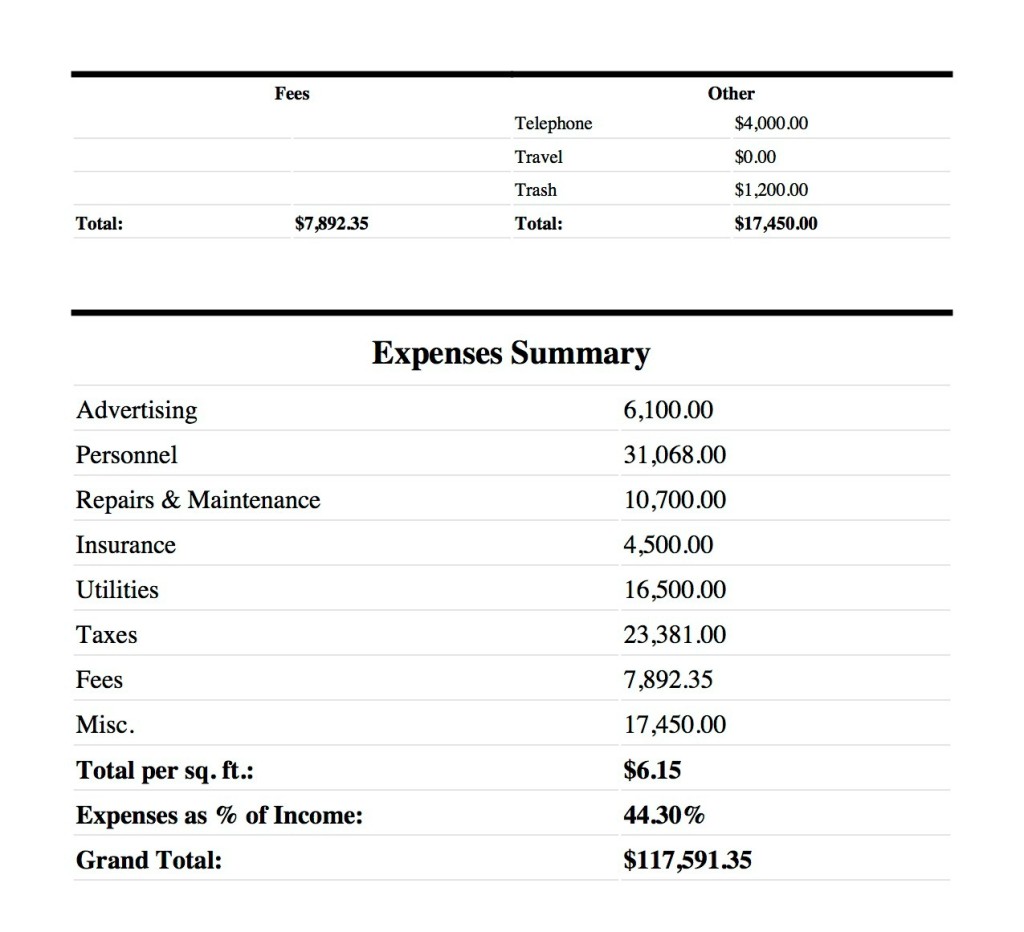Are you ready to get in the self storage business today?
Are you ready to grow your self storage business today?
Yes, it is an overpriced “Sellers Market”. But that doesn’t have to stop you even if you’re brand new to the self storage game. If you know how to analyze projects to determine they’re true current and potential value, you can successfully play in the self storage game today. Even with the crazy high prices out there.
Let’s continue with our series on how to do just that…Welcome to Episode Five of “How To Analyze Self Storage In Today’s Market.”
Over the last four episodes, we have covered how to determine the income of the different types of self storage projects you can find in the market today. We’ve also learned how to determine the total cost for each of these types of projects:
- Existing Self Storage Facilities
- Expansion of existing self storage facility
- Conversion of existing buildings into self storage
- Raw land and developing/building self storage
We have learned where and how to get resources to fill the gaps in any specific knowledge we might need close a self storage deal.
This week let’s examine Operating Expenses.
Now we’re getting into why self storage is such a great investment vehicle (i.e. why everyone is trying to get in and prices are so high).
To finish the financial analysis of a self storage facility we need to determine the Net Operating Income (NOI), or how much operating cash we have after expenses. In Episode Two I covered how to calculate the income of each type of project. Now let’s approximate the expenses.
Operating expenses are defined as the cost of running the facility on a day to day basis, not including capital expenses. The cost of utilities, personnel, day to day maintenance, property taxes, insurance, etc.
Capital expenses are defined as expenses that have a long-term enhancement to the facility like new HVAC or repaving. Fixing the HVAC is an operating expense, replacing the HVAC is a capital expense. Blacktopping is an operating expense, repaving is a capital expense.
Loan payments, or “debt service” as it is called in the industry, is below the Net Operating Income Line on a financial statement. This makes sense because you could pay all cash for the project or have 100% financing, but the NOI is the NOI regardless.
I suggest you have some broad line items in a ProForma and don’t use a percentage against income for operating expenses. Often, industry almanacs and industry data list operating expenses in terms of a percentage against income (38% to 42% or something close to that), but I think that can be misleading. Especially if you are creating new self storage units as we often have to do in today’s crazy market.
Here are the line items we use in our analysis:

Putting specific line items in our analysis forces us to think through how we will run the facility. Are we going to have full-time managers? How many hours will that manager get maintenance support? Are we going to offer bonuses, health insurance, etc?
If you are new in the business, you can use industry standards for the different line items. You still want to really think through running the opportunity you are analyzing.
Your NOI will be different than the Seller’s NOI in almost all cases because you should have your own business strategy. Your business strategy informs how you are going to run the facility. You will almost always have different operating expenses. Determine yours, don’t simply use theirs.
Now the NOI is a critical number because the value of this facility, especially after you expand it or construct it, tighten up the management, etc., is a function of what a ready, willing, and able buyer will pay for that income stream. Not that you may be planning to sell it, but the value is a function of what someone would pay for that.
An appraiser will determine the value in an appraisal. How they do it, and how you are you are going to do it, is by dividing the NOI each and every year in the future by a CAP rate. If you are unsure of what a CAP rate is, read/watch this post.
Even if there is nothing there yet (such as raw land) or if there are only 25,000 square feet (and you are doubling the size) you can determine fairly accurately the future value of the self storage project you are looking at.
In fact, you not only can determine the value fairly accurately, you can determine the net cash flow you can expect.
Here’s the real advantage to self storage as a real estate asset that makes it so easy to determine future values in the value-added project – and why self storage is so great:
You can raise the rates any time you want.
In fact, since 2009, our rates have averaged around a 6% increase each and every year. This is not an episode on rates and range increases, but just know if you are running your facility right, your rates will go up almost every year. Yes, there may be some years they don’t, but the analysis you are creating is about averages.
I suggest a moderate 3% per year rent increase for your Proforma. For example: if in year 1 the Gross Potential Income (GPI) is $100,000, in year 2 the GPI will be $103,000, and in year 3 it will be $106,090 and so forth for every year.
If you own retail, office or other types of income producing real estate, you know that rental rates are locked in for a number of years. Not so in self storage. It is a real advantage for this asset class.
Not only do you assume that your income is going to go up each year, but your operating expenses will as well. How much? Well, look at inflation over the past decade. It has averaged around 2.5%. So, I suggest today you estimate operating expenses increasing 2.5% every year.
As I stated in my book, Creating Wealth Through Self Storage, the trick to creating real wealth over time is the compounding effect of having your income go up more than your operating expenses. Look at how the NOI increases over time on this analysis. This is nothing more than 3% per year income increases and 2.5% per year operating expenses increase.

Incredible.
This is only a .5% increase each and every year of income over operating expenses.
Now let’s look at Values.
How value is determined is by diving the NOI by the CAP rate. I know self storage is selling at low CAP rates today, but I can’t assume that will last forever. I use an 8% CAP rate to determine future years’ value.
How you do this, and how the financial analysis software I sell automatically does that for you, is each and every year, dividing the NOI line by the “Reversion CAP Rate Assumption” you enter. Again, I usually enter 8% (if the project works at 8%, it will be great at a 6.5% CAP).
Year 1 value: $601,653 divided by .08 (8% CAP) = $ 7,520,660
Now let’s look at year 10: $834,606 divided by .08 = $10,432,569
Nothing changed except a .5% increase each and every year for ten years. Almost $3 million dollars of wealth created by doing nothing but making sure there is at lease a .5% difference between income growth and expense growth. Imagine if it is actually 2.5%!
That is why if you know what you are doing, you can pay more than you would like to for an existing self storage facility. Sure no one likes to buy one where you are getting a 5% cash on cash return, but after you add the new units, run it for a time, compound the increase, you will be amazed at the wealth you can create.
Next week we will look at a case study. Between now and then, take facility (any one of the types) and project the Net Operating Income cash flows for a ten year period.
Next week we will discuss expenses below the NOI line and look at a real case study. Between now and then, take a facility (any one of the types) and project the Net Operating Income cash flows for a ten year period. This will conclude this series so you can get to work and get in or grow your self storage business. Yes, even in todays “Crazy Market”.





It’s hard to find well-informed people for this subject, but you seem like you know what you’re talking
about! Thanks
Thank you
1). Your business strategy informs how you are going to run the facility.
2). Even if there is nothing there yet (such as raw land) or if there are only 25,000 square feet (and you are doubling the size) you can determine fairly accurately the future value of the self-storage project you are looking at.
3). If you own retail, office or other types of income producing real estate, you know that rental rates are locked in for a number of years. Not so in self-storage. It is a real advantage for this asset class.
NEXT WEEK A CASE STUDY….I’m ready to own a facility today…thank you…thank you